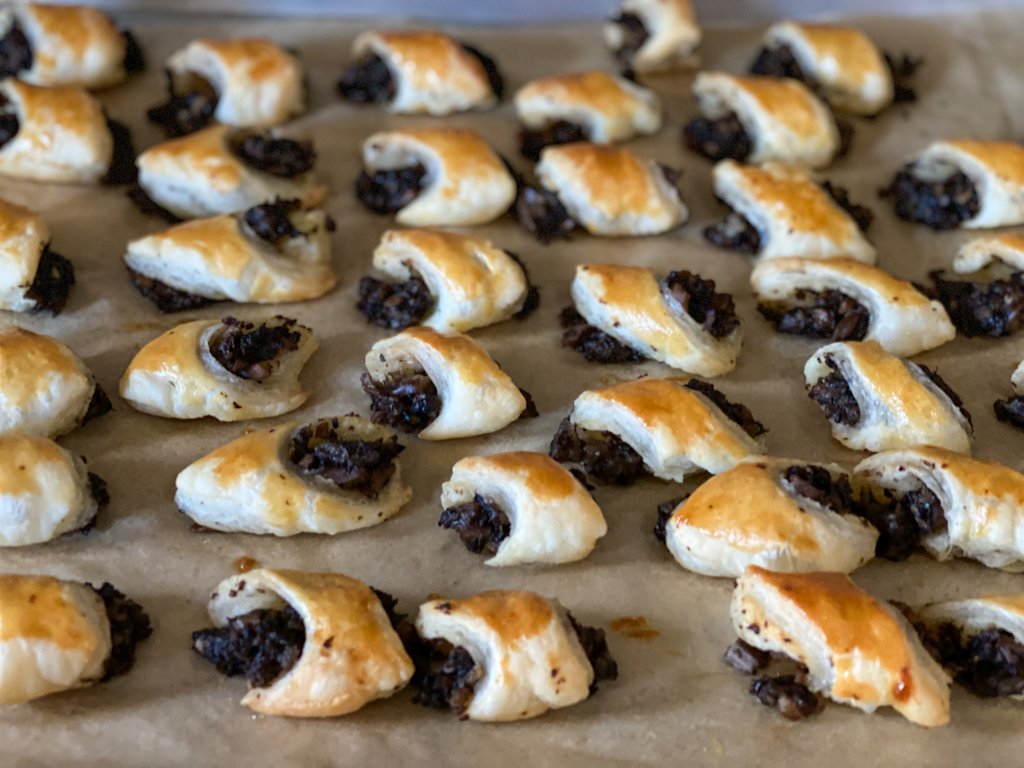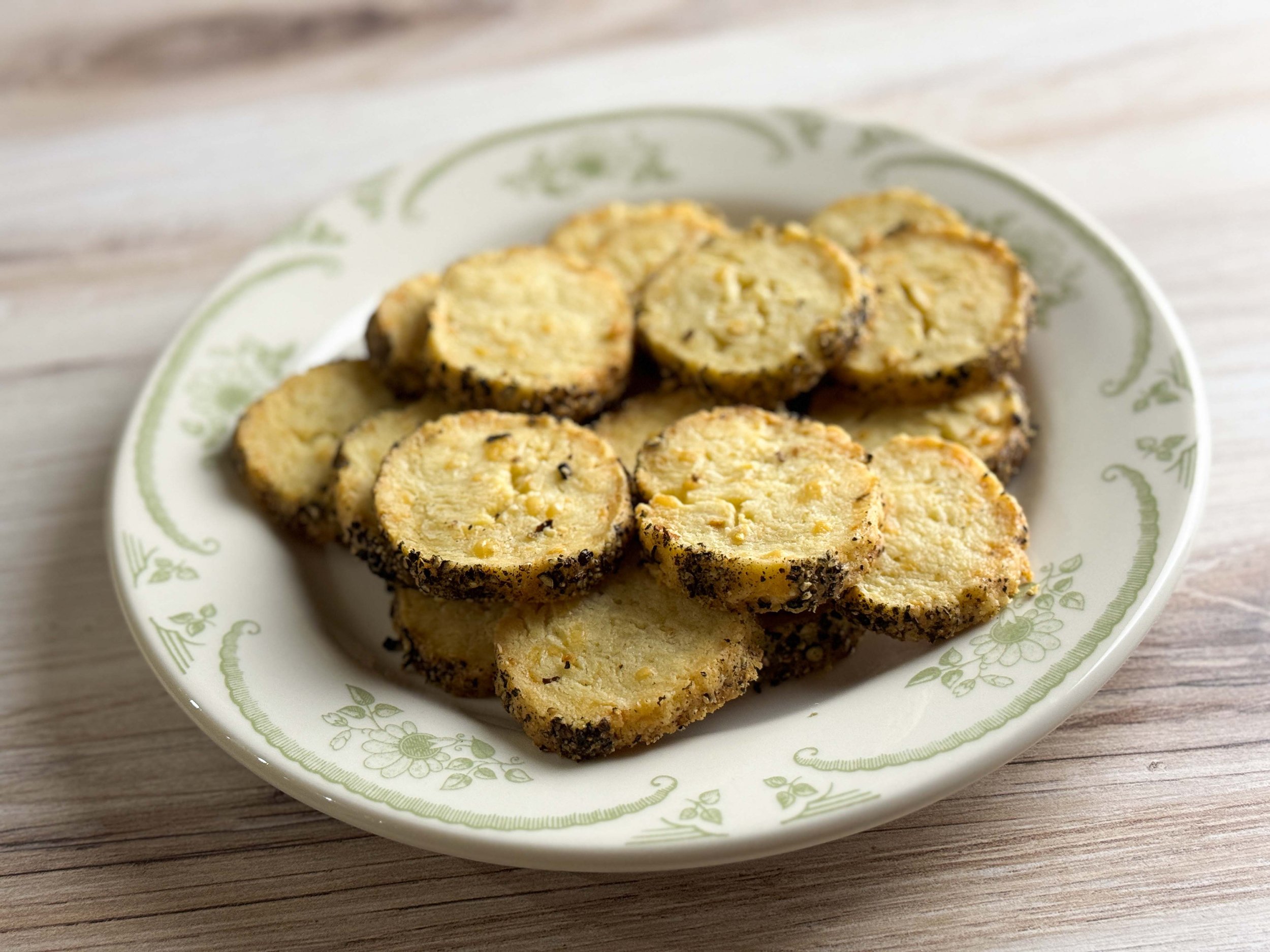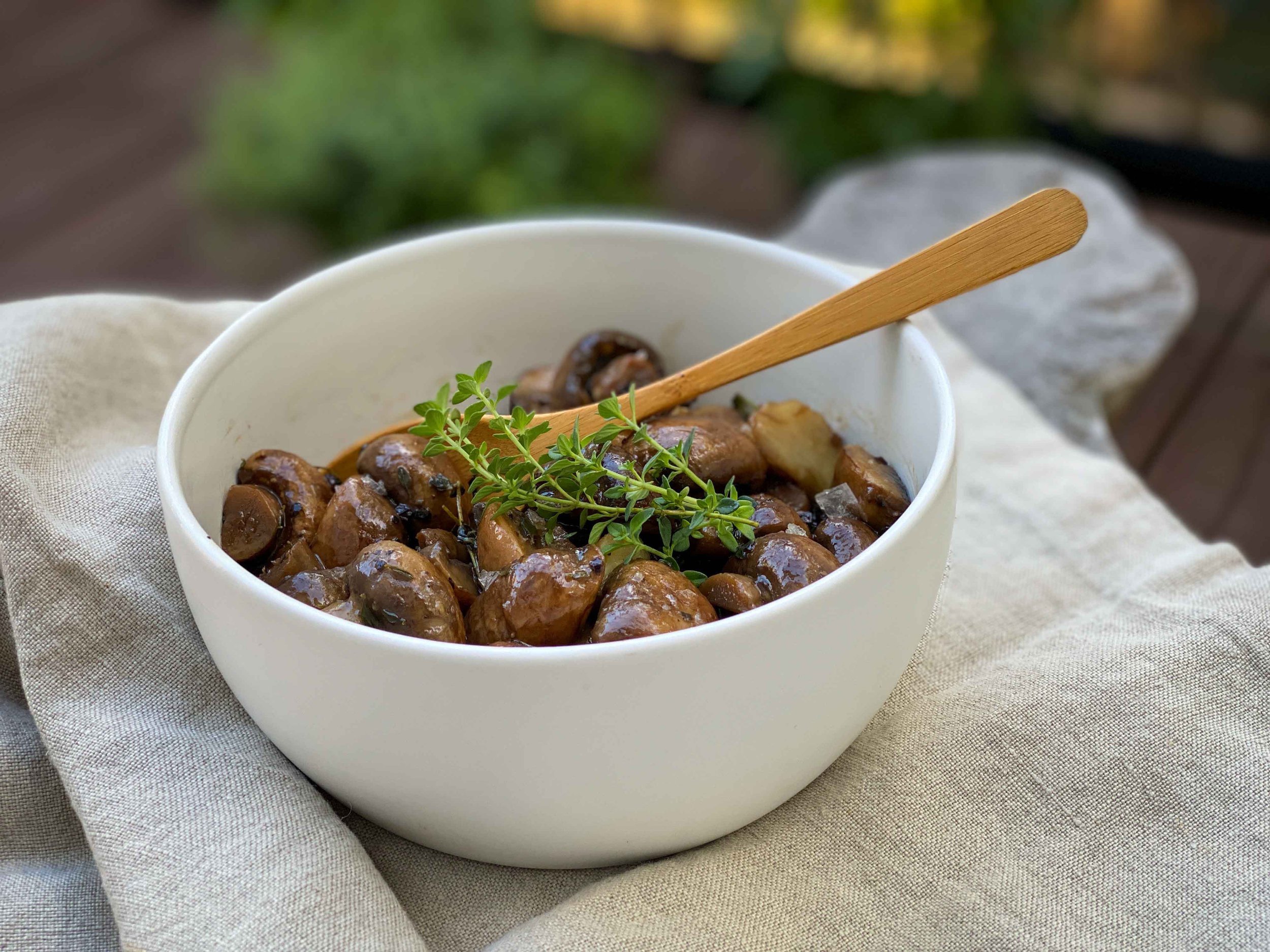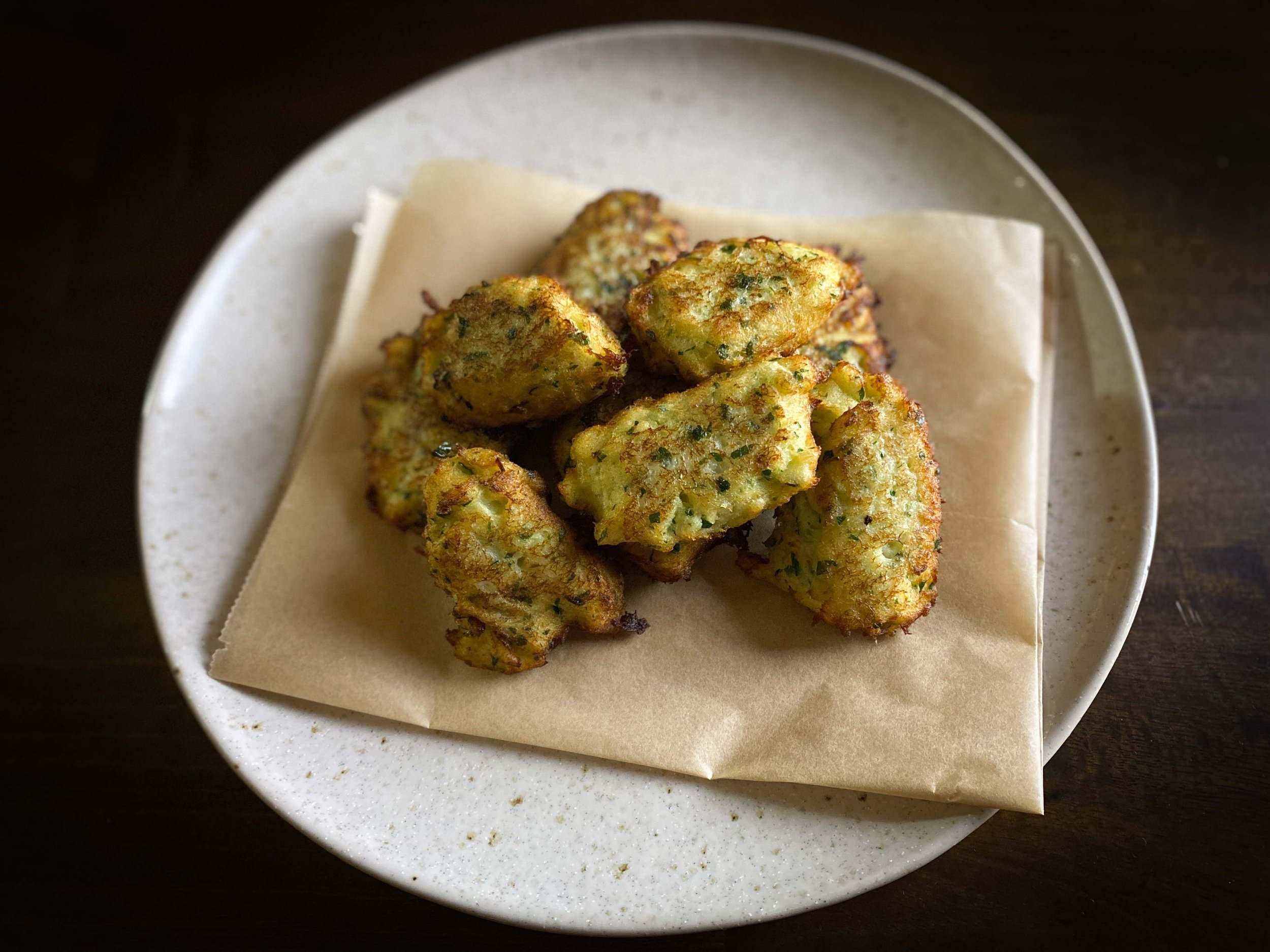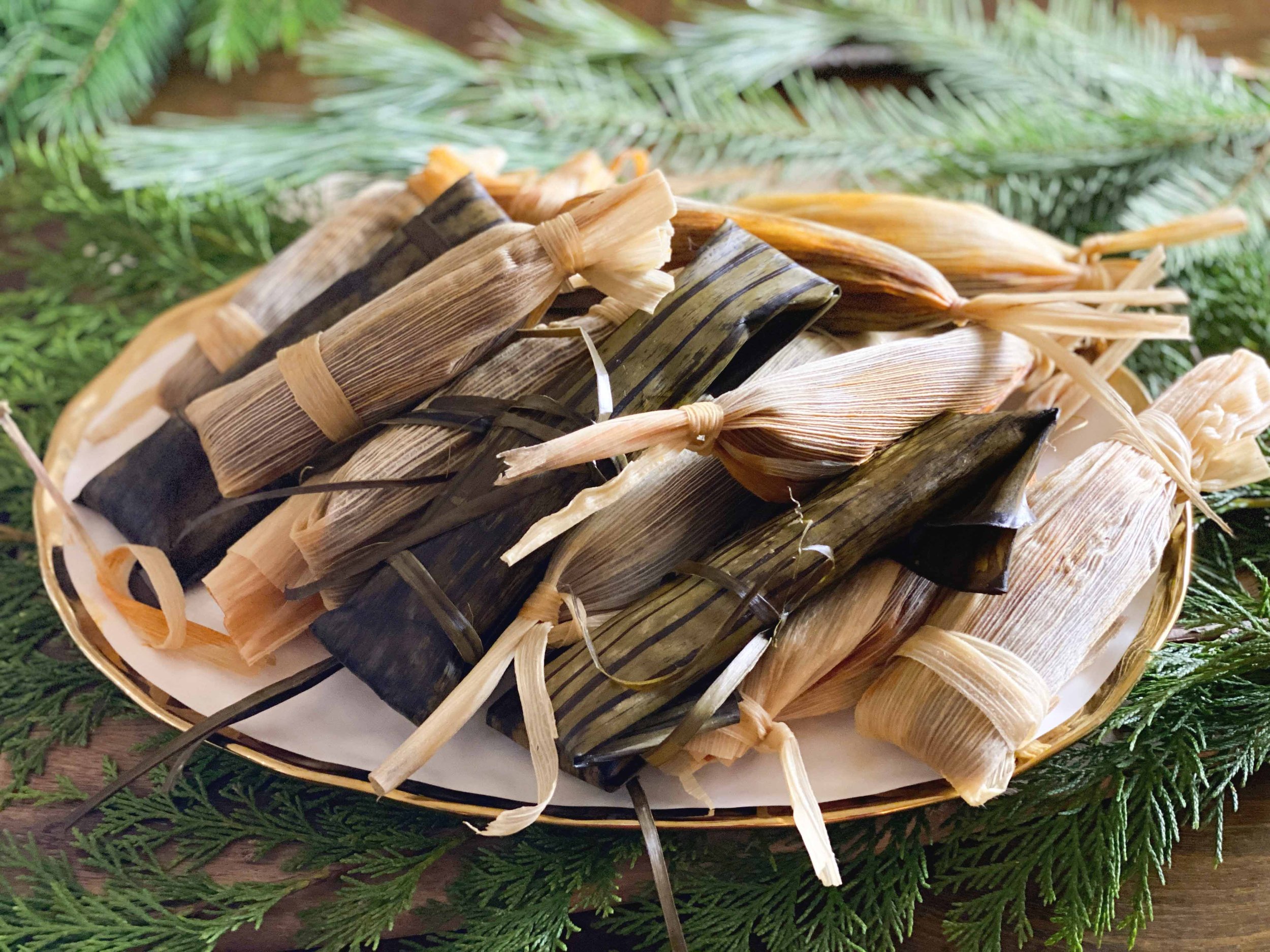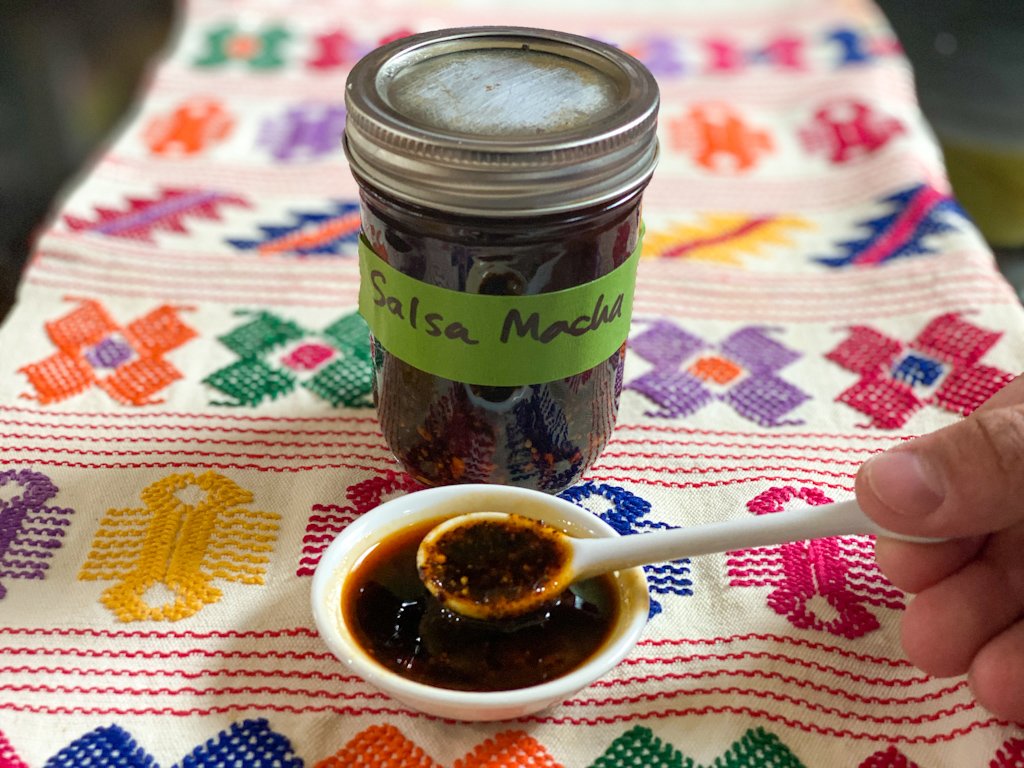Buckwheat blini with crab salad
By Leslie Brenner
Start off a New Year’s Eve celebration with a delicious bang, end with a flourish, and it almost doesn’t matter what you serve in-between. You could even just make dinner out of fancy finger foods. Here are some snazzy ideas, from five of my favorite cookbook authors.
Buckwheat Blini with Crab Salad
These tender little blini — from Roxana Jullapat’s Mother Grains — are just incredible. If crabmeat is too expensive, you can top them instead with a smear of crème frâiche and a bit of smoked trout or salmon. Either way, they’re dreamy with Champagne.
Andrea Nguyen’s Mushroom Pâté Puffs
Easy and elegant, these hot hors d’oeuvres are made using frozen puff pastry. They’re from Andrea Nguyen’s Vietnamese Food Any Day.
Cacio e Pepe Cheese Coins
Savory cheese biscuits with their edges rolled in cracked pepper: And yes, they’re as insanely good as they sound. Whether you’re entertaining at home or headed to friends’ and want to bring something stupendous, you can’t do better than this. They’re adapted from Nancy Silverton’s The Cookie That Changed My Life.
‘Wine Style’ Marinated Mushrooms
Add toothpicks to these terrific, juicy little mushrooms and they become finger food. They’re from Wine Style by Kate Leahy. Oh, and they’re vegan.
Claudia Roden’s Buñuelos de Bacalao
Cod fritters — a popular tapa in Spain — make terrific New Year’s Eve bites. Claudia Roden’s version, from her momumental cookbook The Food of Spain, starts with fresh cod rather than salt cod, so no overnight soaking is required. They’re a real treat.
Find more finger-foods
EXPLORE: All Cooks Without Borders appetizer recipes
Looking for dessert?
READ: Last-minute holiday sweets: Easy desserts to pull together from stuff on hand


